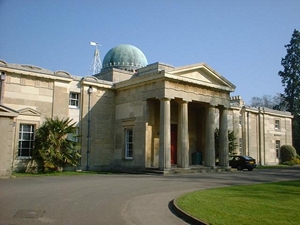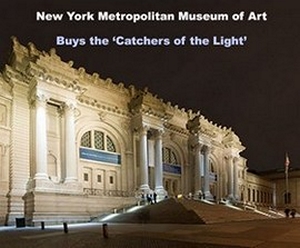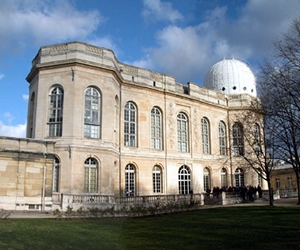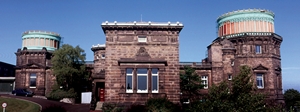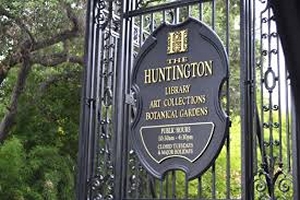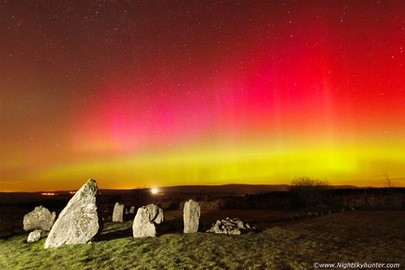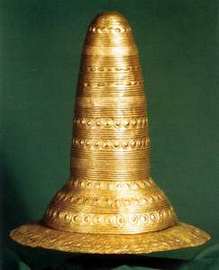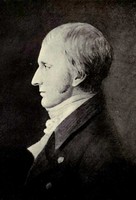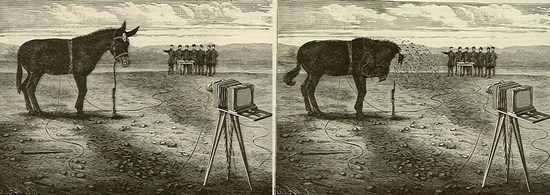
Many of the most famous and prestigious of scientific institutions, museum and libraries have purchased the 'Catchers of the Light' thus confirming the Book's status as an invaluable source of reference on the History of Astronomical Photography; and indeed astronomy, astrophysics, history of science and photography in general, includingL
 |
|
 The Origins of Astrophotography
Dr Stefan Hughes' new book the Ages of 'Astrophotography' traces the history of astronomical photography from its earliest origins to the present day, through the images of the early pioneers and their modern digital counterparts.
It might be thought that the Origins of Astrophotography arose through the work of the early pioneers of Photography, but this is much too simplistic a view.
It does not take into account the fact that man desired to capture a permanent record of the Moon, Sun and Stars thousands of years before the time of Niepce, Daguerre and Fox-Talbot. The truth lies in a time when man built great circles of stone so that he might understand the workings of the bodies he saw in the sky above, and the close relationship he knew to exist between life and death itself.
He even made intricate ceremonial ‘Golden Hats’ decorated with symbols that predicted with extraordinary accuracy the movement of the Sun and Moon.
Beaghmore Stone Circle & Golden Hat of Schifferstadt (c1300 BC)
In doing so man had created the earliest astronomical almanacs over three thousand years before Old Moore’s Almanac (first published by Francis Moore in 1697).
The year 1802 marked the publication of the first volume of the journal of the Royal institution of London. On page 171 can be found a paper entitled:
“An Account of a method of copying Paintings upon Glass, and of making Profiles, by the agency of Light upon Nitrate of Silver. Invented by T. WEDGWOOD, ESQ. With Observations by H. DAVY.”
The paper began with the words, that described the very first account of experiments that ultimately would lead to an invention, that is used by countless millions of people every day across the globe - Photography:
“White paper, or white leather, moistened with solution of nitrate of silver, undergoes no change when kept in a dark place; but on being exposed to the daylight, it speedily changes colour, and after passing through different shades of grey and brown, becomes at length nearly black. The alterations of colour take place more speedily in proportion as the light is more intense. In the direct beams of the sun, two or three minutes are sufficient to produce the full effect. In the shade, several hours are required, and light transmitted through different coloured glasses acts upon it with different degrees of intensity. Thus it is found that red rays, or the common sunbeams passed through red glass, have very little action upon it: Yellow and green are more efficacious, but blue and violet light produce the most decided and powerful effects.” Thomas Wedgwood (1771-1805) - Early Pioneer of Photography Thomas Wedgwood was one of the earliest pioneers of Photography, who in the 1790s began a series of experiments which led to his famous but impermanent ‘sun pictures’. He was born on the 14th May 1771 in Etruria (now part of Stoke-on-Trent), Staffordshire, England, the youngest son of the potter Josiah Wedgwood. His interests in art and science grew from the influence his father, and from a close association with many of the important figures of the day, including the polymath, Erasmus Darwin and the painter George Stubbs. In 1800 Wedgwood perfected a repeatable method of chemically staining an object’s silhouette to a media by coating it with silver nitrate and exposing it with the object on top, to natural sunlight, then preserving it in a dark room. It was an event which marked the birth of photography as we know it today. Whilst undergoing treatment for Tuberculosis at the Pneumatic Clinic in Bristol, he met a young chemist named Humphry Davy (1778-1829). In 1802 Davy wrote up his friend’s work for publication in Journal of the Royal Institution. Wedgwood died of Tuberculosis on the 10th July 1805 at his home in Tarrant Gunville, Dorset. He was buried six days later in the local churchyard of St. Mary’s.Thomas Wedgwood’s original experiments carried in 1800 only succeeded in obtaining ‘photographs’ of opaque objects by placing them on leather or paper treated with silver nitrate, unfortunately the resulting images deteriorated rapidly. It was to be a further two decades later that the French inventor, Joseph Nicéhore Niéce, produced the first true photograph, a permanent image obtained using a camera obscura and a photosensitive media. The era of Photography was about to be born and four decades later the first 'Age of Astrophotography' began...
Testing a Photographic Plate - 1880s Style
|
|
|

Dr. Stefan Hughes began his career as a professional astronomer, gaining a 1st Class Honours degree in Astronomy from the University of Leicester in 1974 and his PhD four years later on the 'Resonance Orbits of Artificial Satellites due to Lunisolar Perturbations', which was published as a series of papers in the Proceedings of the Royal Society of London. After graduating he became a Research fellow in Astronomy, followed by a spell as a lecturer in Applied Mathematics at Queen Mary College, London. Then came a ten year long career as an IT Consultant. In 'mid life' he spent several years retraining as a Genealogist, Record Agent and Architectural Historian, which he practiced for a number of years before moving to the Mediterranean island of Cyprus, where for the past ten years he has been imaging the heavens, as well as researching and writing the 'Catchers of the Light' - A History of Astrophotography.
